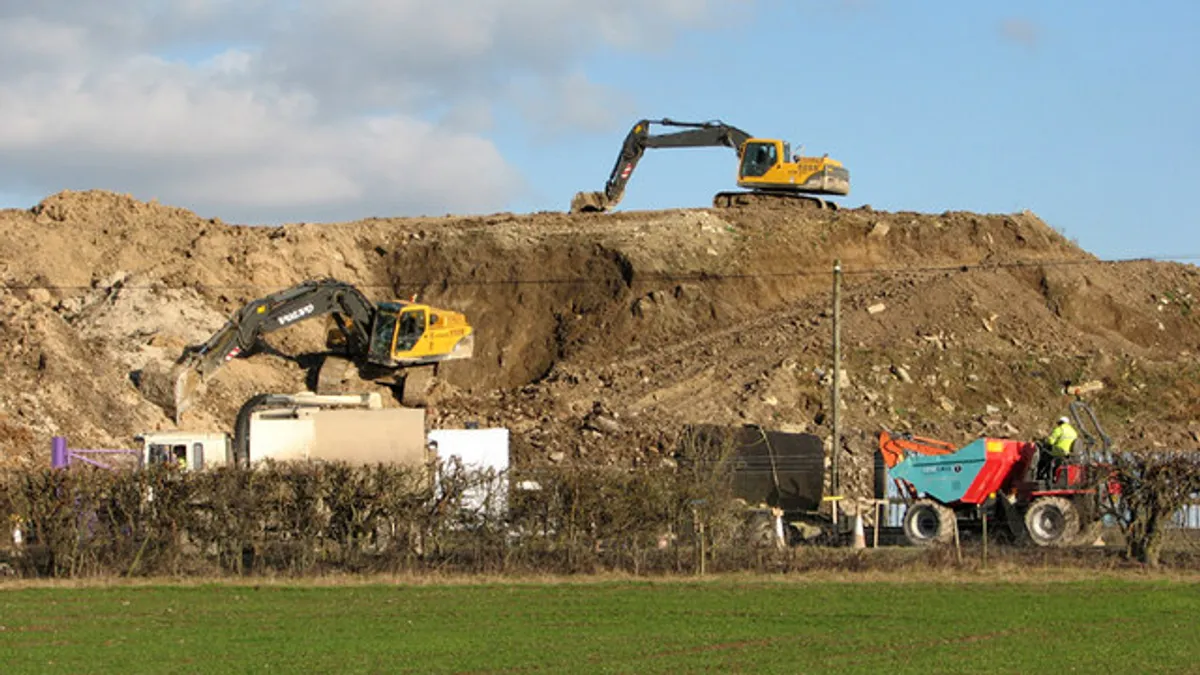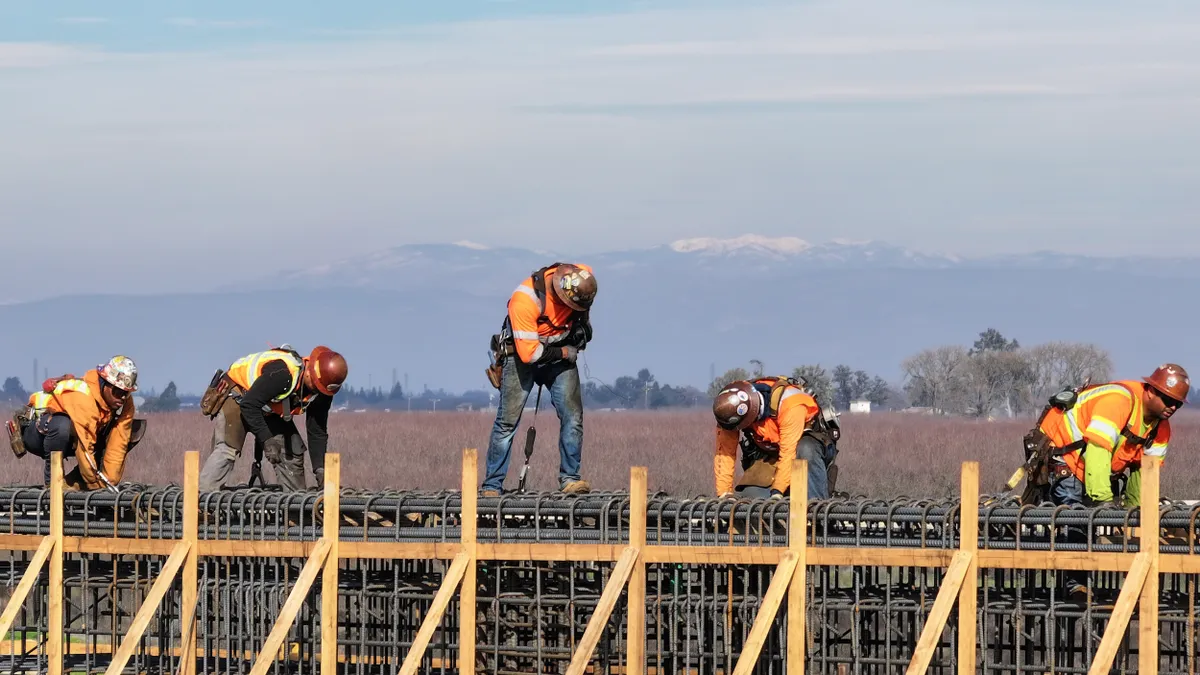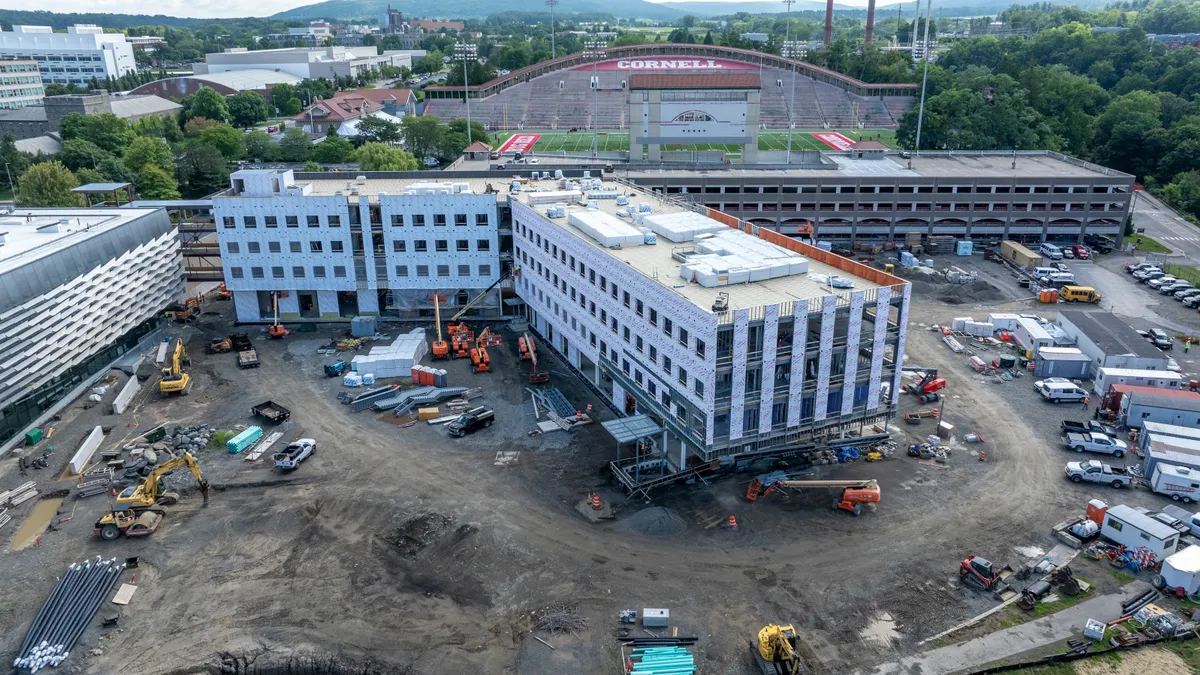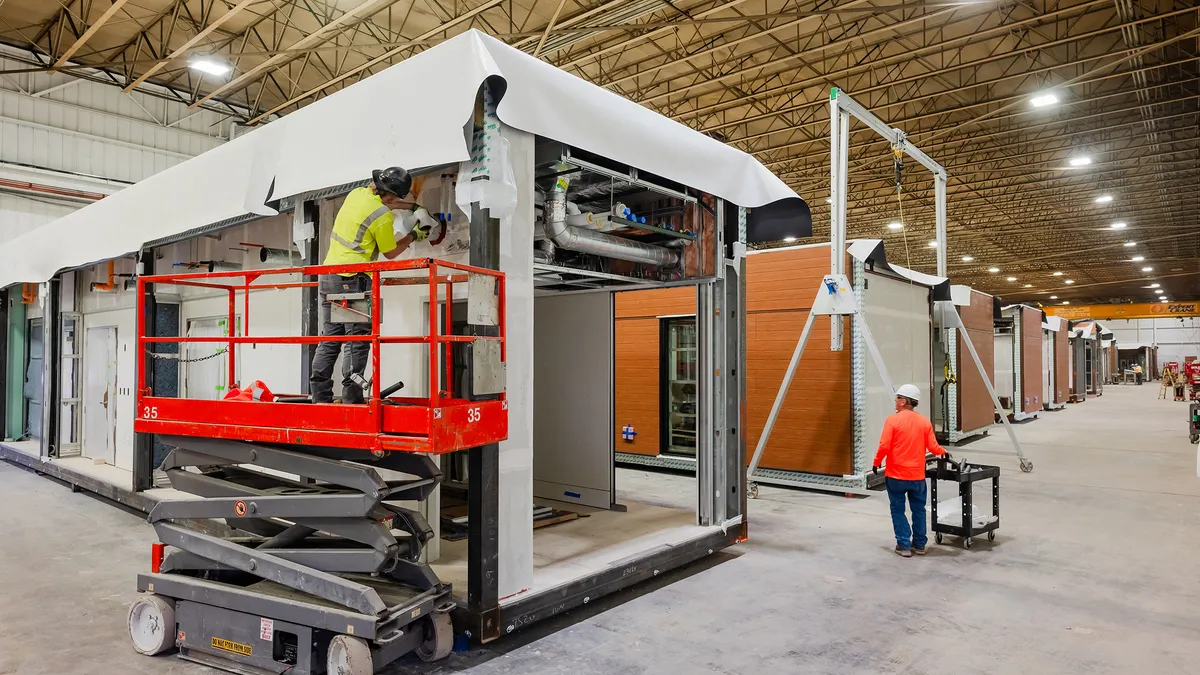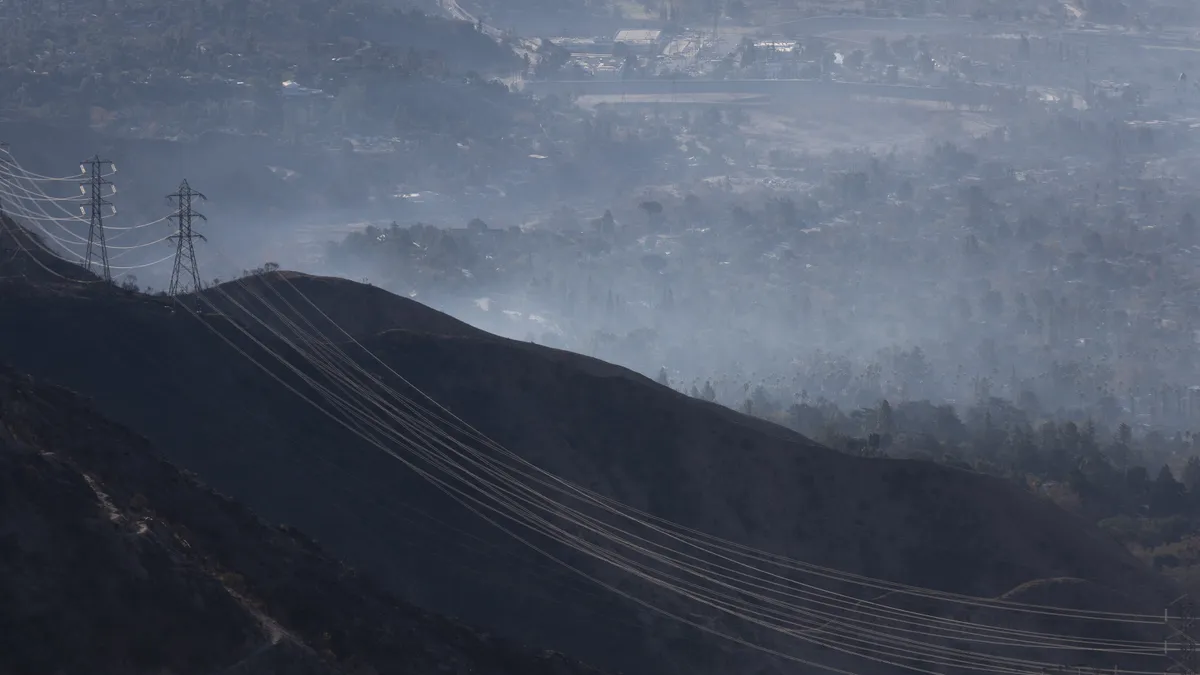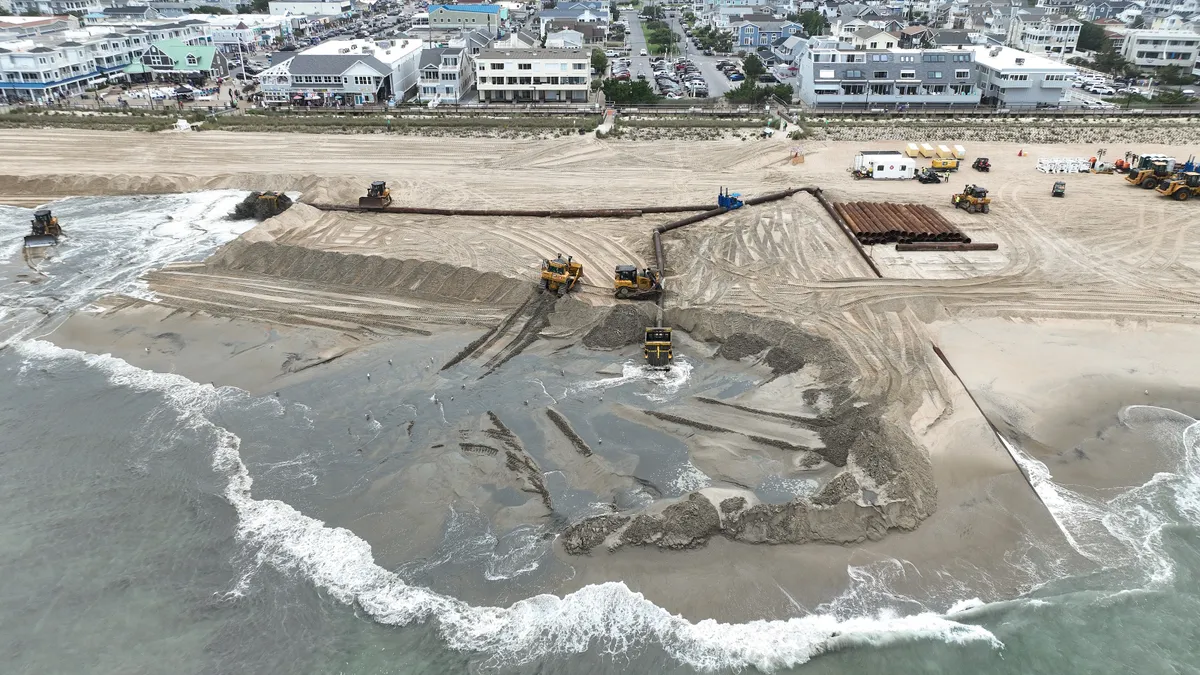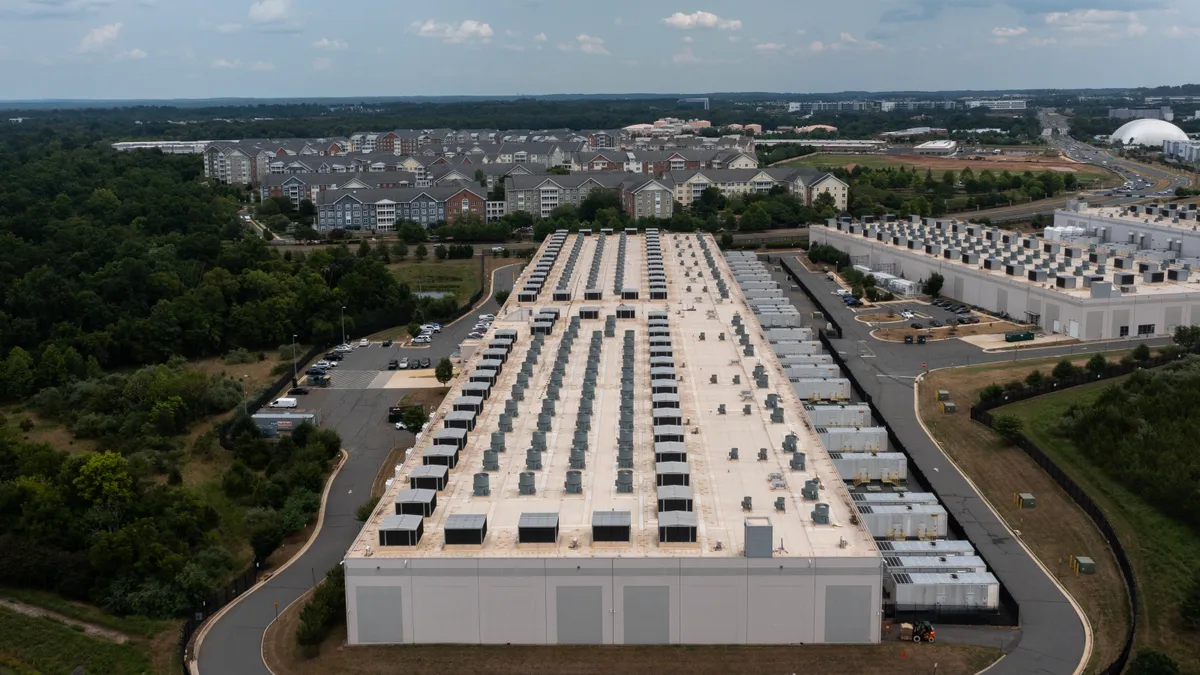For most of the public, landfills are simply places to toss trash and anything else they no longer want or need. However, for some developers, there's a way to transform those properties into new communities and in-demand spaces.
Related Cos. is one such developer. The company, responsible for the Hudson Yards project in Manhattan, recently won approval from the Santa Clara (CA) City Council to move forward with its plans for a 240-acre, $6 billion, 9-million-square-foot mixed-use development on a city landfill. If all goes well for Related, residents will soon see construction underway on a 40-acre "village" of retail and residential space, as well as a few hundred acres of office campus space.
But just how common is it to build on landfills? And what types of obstacles stand in the way for developers looking to repurpose these sites?
Challenges for development
"There have been a number of projects built on landfills all over the country," said attorney Dennis Toft of New York City-New Jersey law firm Chiesa Shahinian & Giantomasi. Not all landfills are created equal, he said, and there are challenges in developing them from regulatory, engineering and health and safety or risk management standpoints. However, Toft added that all of these issues can be managed.
"Everyone is afraid of the unknown, but, on the flipside, you have these large tracts of land — frequently owned by municipalities or by people who are no longer managing them — that can be very attractive for redevelopment," he said.
Site preparation
A major challenge to repurposing a landfill for a commercial or residential use project, according to Anna Amarandos with Rutan & Tucker in California, is remediation and preparing the site for development. However, she said, if everything is done correctly, there's no reason a landfill site can't be used for residential and commercial buildings. "But you can't just come in and put something down over landfill waste," Amarandos said.
Two of the major issues when prepping a landfill site for building are dealing with gases that emanate from the site and subsidence, or sinking and settling of the land as waste decomposes. As the waste sinks and settles over time, not only do depressions develop on the surface of the site, but leachate, or liquid, passes through the waste carrying contaminants as it goes, possibly spoiling ground water and the surrounding soil.
In addition, gas or vapors from the decomposing material works its way into surrounding soil and then up and out of the ground. If there are no structures on top of the site, the gas releases into the air. If it's trapped by a building's foundation, the result can be a dangerous accumulation of gas.
To mitigate the risk, contractors can install a permeable layer of gravel, which provides a pathway of escape for gas, and then a membrane underneath the slab of a building, Amarandos said. The gas can then be piped out from underneath the building, up the sides and then released at rooftop level. In California, she said, developments within 1,000 feet of a landfill must use some vapor mitigation method.
As far as the waste is concerned, it's common for developers to move the waste, consolidate it and then encapsulate it away from where buildings will be constructed, according to Amarandos. If there is no other option than to build directly over waste material, contractors must anchor the foundation into solid ground beneath the waste with, for example, a deep foundation with piles.
Lengthy timetables
Perhaps the biggest obstacle to such a project, though, is the time it takes to get up and running. "I always tell my clients they need to anticipate a very lengthy timeframe for getting the approvals needed," Amarandos said. This doesn't discourage many of her clients, however, who have their sights set on landfills in desirable areas for development. "Some of my clients are pretty experienced with complex projects like these, and they don't scare easily," she said.
This, Toft said, is most likely the case with Related and the Santa Clara site. "They wouldn't be doing this if they hadn’t figured out a way to do it safely and cost-effectively," she said.
Alternative construction options for landfill sites
But not all landfill development has to involve buildings. One of the "big things" in New Jersey is installing solar panels on top of them, according to Toft.
"The industry has been trying for years to use landfills as an opportunity to install solar," said Thomas Leyden, vice president of development at SunEdison. One of the biggest obstacles to widespread adoption is investor uncertainty about the environmental risk of building on a landfill, he said. In addition to the potential for subsidence on the site, another issue is the location of landfills to grid connections. All of these factors "add complexity and cost," he said.
One factor that does not seem to influence solar investors, however, is the fact they're building on a landfill. According to Leyden, most see it as a "logical and great use of underutilized land."
Ironically, Amarandos said, an ideal use of a site like the landfill in Santa Clara is exactly what is there now — a golf course and a dirt BMX bike track. "If you have a little subsidence in a golf course area, what they typically do is regrade those areas from time to time, but you don't have the gas accumulation that would go into a building's closed space," she said. "A golf course or a bike track or any kind of outdoor activity is really the perfect repurposing for a landfill."
Why developers face pushback
While many critics of landfill development projects are simply opposed to development in general, Amarandos said that some criticism might be the result of the negative public relations that often swirl around these types of projects and that opponents "don't understand that all of (the things they're worried about) have engineered solutions."
"By redeveloping these sites, you have the opportunity to install better environmental controls than may be there now," Toft said, "so the development itself becomes more protective of the environment than might be the case if a site like this isn't developed."


